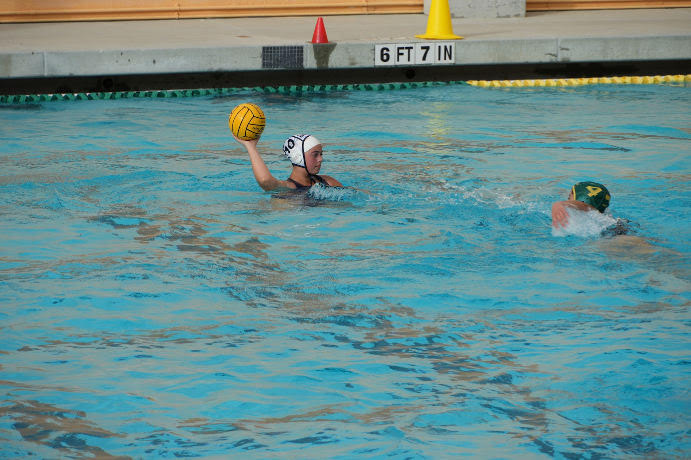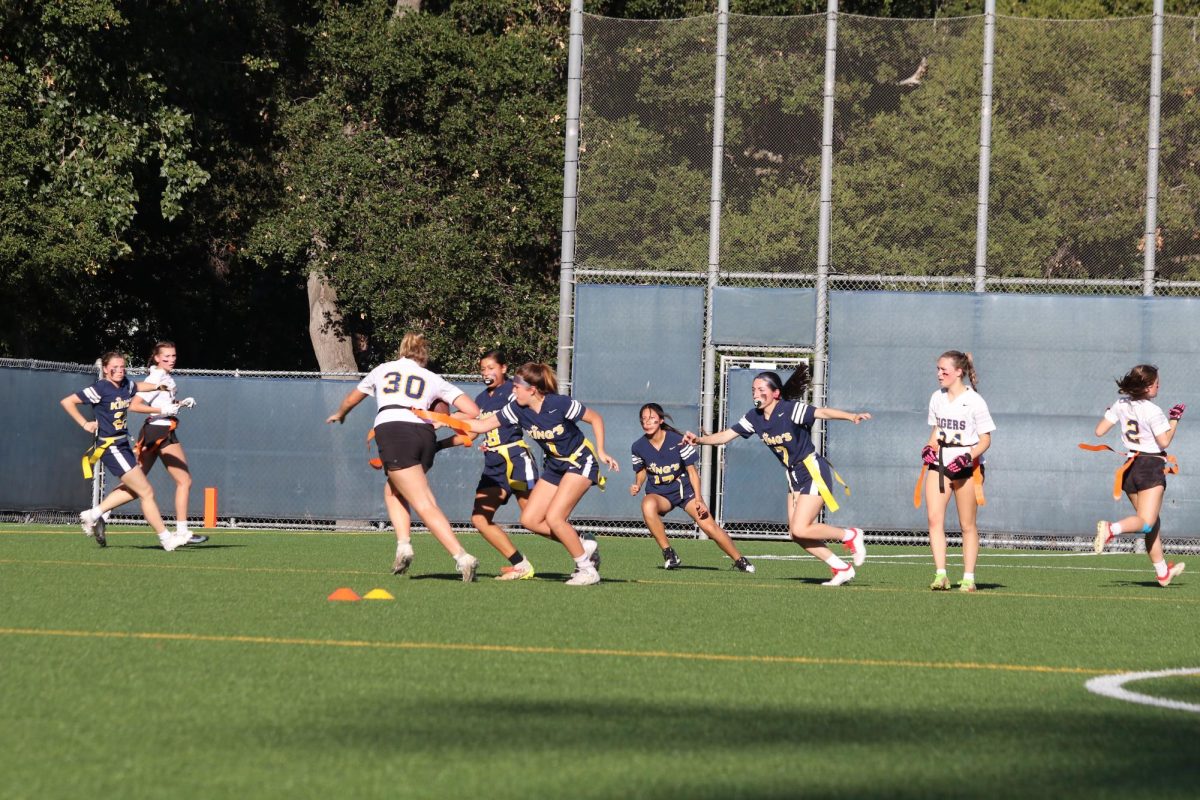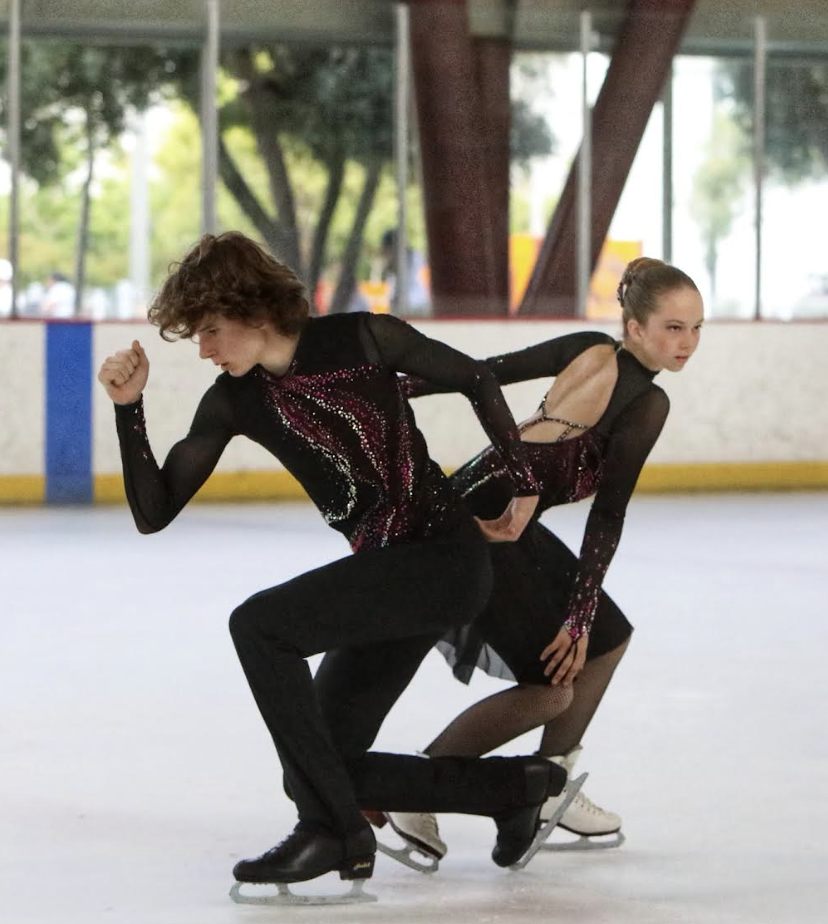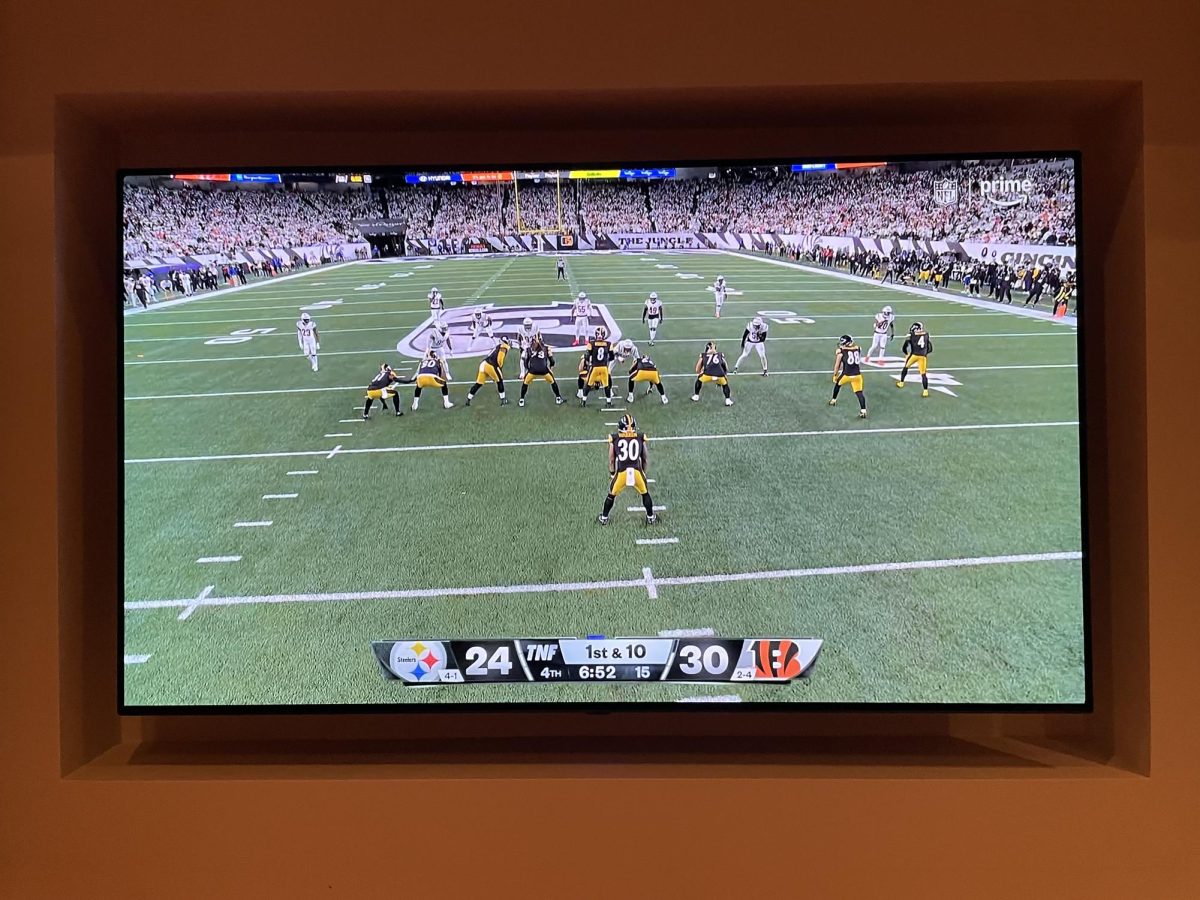Track and field is one of the most diverse sports offered, as there are many different events athletes can partake in, such as sprinting, distance running, jumping, throwing, hurdling and pole vaulting. Due to the variety, it can sometimes be challenging to discover one’s passion within the sport, usually requiring either prior experience or coach recommendations.
The most common events revolve around running, with sprinting and distance running attracting the most athletes. Although both take place on the track, they are very different, requiring different skill sets and challenging runners in different ways. Yet, in both, there is always the pressure of performance.
“A lot of track is about your mentality and … having to keep yourself calm,” said junior sprinter and high jumper Sam Gould. “Obviously, times and heights are very scary, and a lot of people get really nervous when it’s not what they want. So, I think it’s just a lot [about] the mentality and physically pushing your body to pass those limits.”
Another relatively well-known category is jumping. Athletes can compete in any of three events: high jump, long jump and triple jump. These all require different abilities, as there are varying factors at play in each, including height and distance.
However, another track event that receives less attention is hurdling. Requiring athletes to leap over hurdles while running at a full-sprint, this is a skill that is offered at the 100 and 300 meters. Hurdling is a mix between running and jumping, leading to a new technique athletes must master.
“Some people will think that it’s like jumping over, but I would say it’s more like gliding,” said senior runner and hurdler Megan Worry. “So, if you want to go fast, you want to try to not jump over, but kind of just open your stride enough so that you go over the hurdle, and then keep running. So you want to not break your stride as much as possible because, then that obviously slows down your energy.”
Throwing is one of the core field events, testing athletes’ upper-body strength, a unique quality that is not tested in other events. Shot put and discus are two popular events, and throwers are required to use four pound weights for the former and one kilogram for the latter.
The newest event that is being offered at NDB is pole vaulting. In the West Bay Athletic League (WBAL), there was previously only one team with competitors, but this year, there will be an athlete from NDB participating as well. As it is very difficult to learn and potentially dangerous, schools are hesitant to commit to the event if they are at all unsure of their resources.
“For a long time, I was a gymnast, and after leaving gymnastics last year, I still wanted to do another sport. And, I really liked the feeling of flying, and so I thought about pole vaulting,” said sophomore pole vaulter Allison Yue. “I really like it because it’s also such a technical sport. There’s so many things that you can do, like small tweaks that will just make your job better and better each time.”
With the wide variety of choices available to track and field athletes, it can sometimes be difficult to ascertain which will be a good fit for a particular individual. However, with the options comes the bo- nus that all athletes can find something that they enjoy and fit with their talents.










